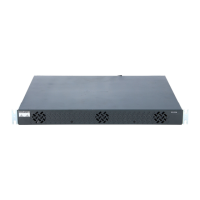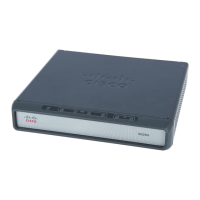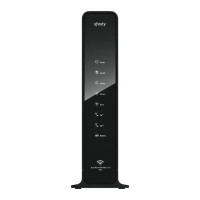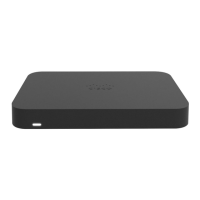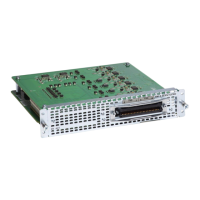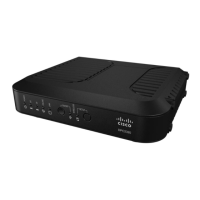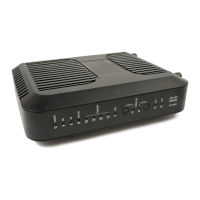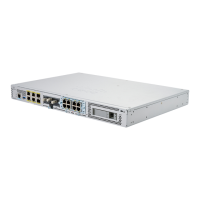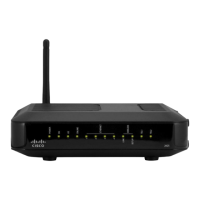Configuring Voice over IP
VoIP Basics
2
Cisco AS5350XM and Cisco AS5400XM Universal Gateways Software Configuration Guide
This chapter briefly introduces the subject of configuring VoIP and describes the first few configuration
tasks. It describes, at a high level, some of the voice QoS features that you can enable. Most important,
it points you to other references from which you can gain a broader and deeper look at the subject.
This chapter describes the following topics:
• VoIP Basics, page 2
• Configuring Basic VoIP, page 6
• Voice QoS Basics, page 15
• Enabling QoS Features for VoIP, page 16
• Additional Resources, page 21
Tip It is critical that you consult the additional references cited throughout and at the end of the chapter
before you configure VoIP. These plus additional references throughout the Cisco website (search for
configure voip to locate the most current references) provide the information that you need to optimize
settings. The more information that you have at your disposal, the greater your probability of success,
as measured by cost savings and user acceptance.
Note Although VoIP technology is primarily software-based, it requires that you install a universal port or
voice feature card into the appropriate slot of your Cisco AS5350XM or Cisco AS5400XM universal
gateway. The number of ports or channels available for sending VoIP data depends on the capacity of
your card. For more information, see Chapter 5, “Managing and Troubleshooting the Universal Port and
Dial-Only Feature Cards” or Chapter 6, “Managing and Troubleshooting the Voice Feature Card.”
VoIP Basics
Before you configure VoIP on your gateway, it might help to understand at a high level what happens
when you place a VoIP call. Think of each event in a call flow as occurring on one of the several “legs”
of a call, as shown in the following typical scenario. (See Figure 5.) Other scenarios are possible, of
course, including ones where the call destination is an IP phone and the call never leaves the IP network.
• Call-leg 1: Originating device to originating gateway
• Call-leg 2: Originating gateway into the IP network
• Call-leg 3: IP network to destination gateway
• Call-leg 4: Destination gateway to destination device
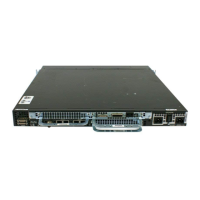
